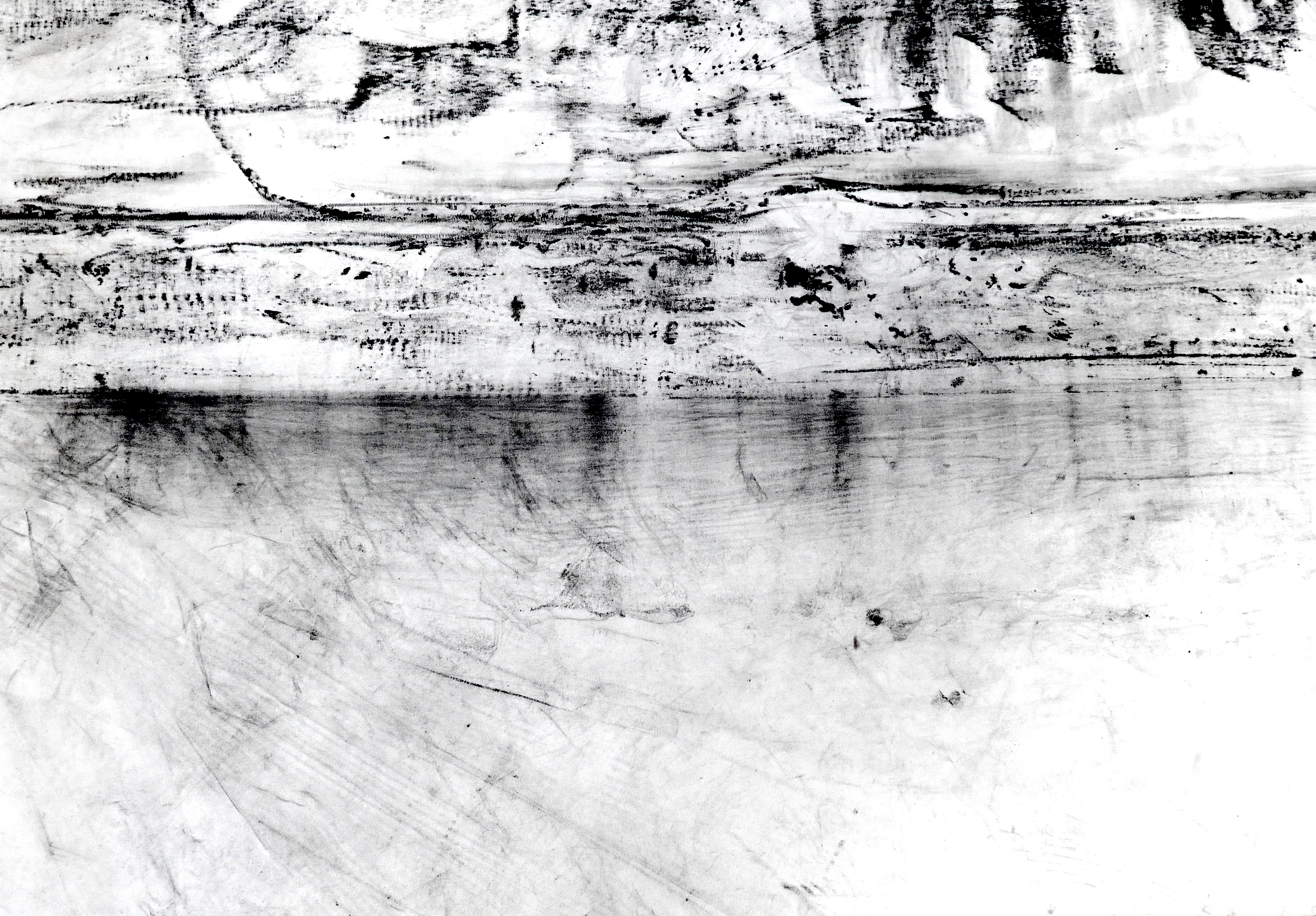Tim Winton’s The Shepherd’s Hut: A Post-Pastoral Vision of Nature
Keywords:
Winton, The Shepherd's Hut, EcocriticismAbstract
Critical literature concerning Tim Winton’s male protagonists is divided. Whilst various critics ultimately celebrate Winton’s men and their sacred communion with nature (McCredden, Ashcroft, Birns), others critique such characters as embodiments of brute androcentrism (Schürholz, Knox). But there is room to read Winton’s representations of masculinity more fluidly, particularly if we account for the strong environmentalist thread in his fiction. In his most recent novel The Shepherd’s Hut (2018), damaged and bung-eyed teenager Jaxie Claxton traverses the Western Australian interior and grapples with the traumatic influence of his abusive father. Jaxie’s engagement with nature is complex and often contradictory – he constantly oscillates between aggressive hostility and a more enlightened biocentric humility. Whilst aware of the novel’s overt engagement with patriarchal violence and toxic masculinity, this paper seeks to explore these complex environmental nuances – most significantly, Jaxie’s revision of pastoral anthropocentrism.
References
WORKS CITED
ABC News (Australia). ‘Tim Winton laments the power of toxic masculinity on young men.’ YouTube, 2 Aug. 2018, https://www.youtube.com/watch?v=zEiPIprMUGo
Archer-Lean, Clare. ‘David Malouf’s Remembering Babylon as a Reconsideration of Pastoral Idealisation’. Journal of the Association for the Study of Australian Literature, Vol. 14, No.2, (2014): 1-12.
Ashcroft, Bill. ‘Water’, Tim Winton: Critical Essays, 2014: 16-49.
Birns, Nicholas. ‘A not completely pointless beauty: Breath, exceptionality, and neoliberalism.’ Tim Winton: Critical Essays, 2014: 263-82.
Blair, Ruth. ‘Introduction: Why Pastoral?’, Afterlives of Pastoral, Australian Literary Studies, University of Queensland Press, Wollongong, NSW, 2015: 1-10.
Buell, Lawrence. The environmental imagination: Thoreau, nature writing, and the formation of American culture. Harvard University Press, 1995.
Dresdner, Lisa, ‘Spatial Self-representation: Identities of Space and Place in 20th Century American Women's Autobiographies’, UMI Dissertation Services, 2004.
Garrard, Greg. Ecocriticism, Routledge: New York, 2012.
Gifford, Terry. ‘Pastoral, Anti-Pastoral and Post-Pastoral as Reading Strategies.’ Critical Insights: Nature and Environment, 2012: 42-61.
Gifford, Terry. Pastoral. London: Routledge, 1999.
Glenn, Justin. ‘Virgil’s Polyphemus.’ Greece and Rome Vol.19, No.1, (1972): 47-59.
Harris, Steven. ‘Tim Winton’s Dirt Music: Sounding Country/Re-siting Place’, Journal of the Association for the Study of Australian Literature, vol 15, no. 1, (2015): 1-15.
Homer. The Odyssey. London: Penguin, 2003.
Hunter-Tilney, Ludovic. ‘The Shepherd’s Hut by Tim Winton — Australian pastoral.’ Financial Times, 3 Aug. 2018, https://www.ft.com/content/59e05150-8451-11e8- a29d-73e3d454535d
Jacobs, Lyn. ‘20: Tim Winton and West Australian Writing.’ A Companion to Australian Literature since 1900. 2007: 312.
Kinsella, John. Disclosed Poetics: Beyond Landscape and Lyricism. Manchester: Manchester University Press, 2007.
Knox, Malcolm, ‘In the giant green cathedral: Malcolm Knox on Tim Winton’s Breath and surf writing’, The Monthly, 2008: 58-61.
Lawrence, Claire. ‘A Possible Site for Contested Manliness Landscape and the Pastoral in the Victorian Era’, Interdisciplinary Studies in Literature and Environment, vol. 4, no.2, (1997): 17-38.
Livingstone, Elizabeth A. (Ed.). The concise Oxford dictionary of the Christian Church. OUP: Oxford, 2013.
Lopez, Barry. Crossing Open Ground. Vintage: New York, 1989.
MacKillop, James. A dictionary of Celtic Mythology. Oxford University Press, USA, 2004.
McCredden, Lyn. ‘Tim Winton: Abjection, meaning-making and Australian sacredness’, Journal of the Association for the Study of Australian Literature, vol. 16, no.1, (2016): 9.
McCredden, Lyn. ‘Tim Winton’s answer to toxic masculinity: god?’ The Conversation, 3 Aug. 2018, http://theconversation.com/tim-wintons-answer-to-toxic-masculinity-god- 94486
Plumwood, Val. The eye of the crocodile. ANU E Press, 2012.
Rigby, Kate. ‘Earth, world, text: On the (im)possibility of ecopoiesis’, New Literary History, vol. 35, no.3, (2004): 427-442.
Robinson, David M. ‘Wilderness and the Agrarian Principle Gary Snyder, Wendell Berry, and the Ethical Definition of the “wild”’, Interdisciplinary Studies in Literature and Environment, vol. 6, no.1, (1999): 15-27.
Schürholz, Hannah. ‘Gendered Spaces: The Poetics of Domesticity in Tim Winton’s Fiction.’ JEASA Vol. 3, No. 2, (2012): 59–79.
Snyder, Gary. The Gary Snyder Reader: Prose, Poetry and Translations 1952-1998, Counterpoint: Washington, DC, 1999.
Taylor, Bron. ‘Surfing into spirituality and a new, aquatic nature religion.’ Journal of the American Academy of Religion Vol.75, No. 4, (2007): 923-951.
Winton, Tim. “About the boys: Tim Winton on how toxic masculinity is shackling men to misogyny.” The Guardian, 2 Aug. 2018, https://www.theguardian.com/books/2018/apr/09/about-the-boys-tim-winton-on-how- toxic-masculinity-is-shackling-men-to-misogyny.
Winton, Tim. Dirt Music. Sydney: Picador, 2002.
Winton, Tim. The Shepherd’s Hut. Hamish Hamilton, 2018.
Downloads
Published
Issue
Section
License
The copyright for articles in this journal is retained by the author(s), with first publication rights granted to the journal. By virtue of their appearance in this open access journal, articles are free to use with proper attribution in educational and other non-commercial sectors.Attribution-NonCommercial-ShareAlike 2.1 Australia
This work is licensed under the Creative Commons Attribution-NonCommercial-ShareAlike 2.1 Australia License. To view a copy of this license, visit http://creativecommons.org/licenses/by-nc-sa/2.1/au/ or send a letter to Creative Commons, 543 Howard Street, 5th Floor, San Francisco, California, 94105, USA.

